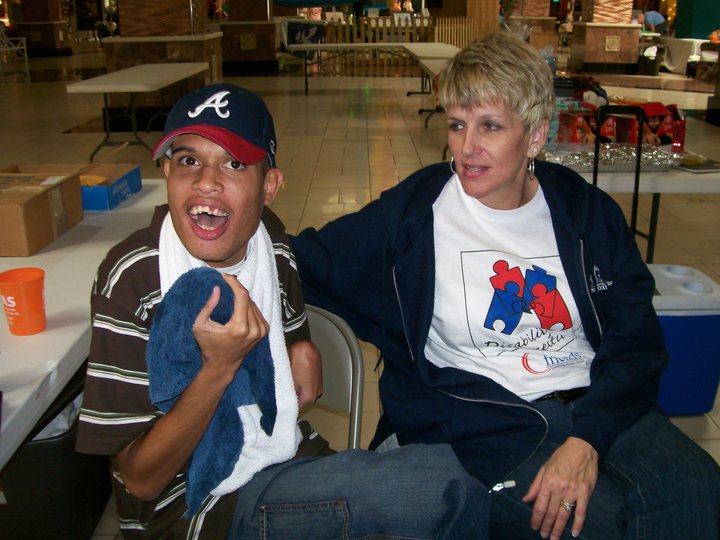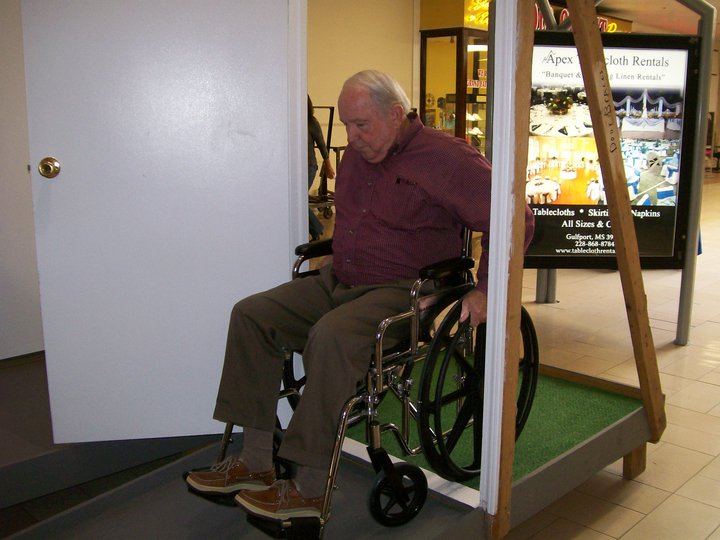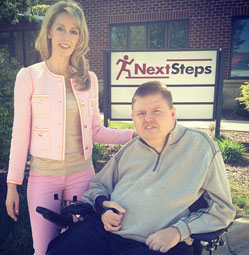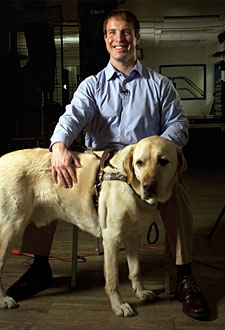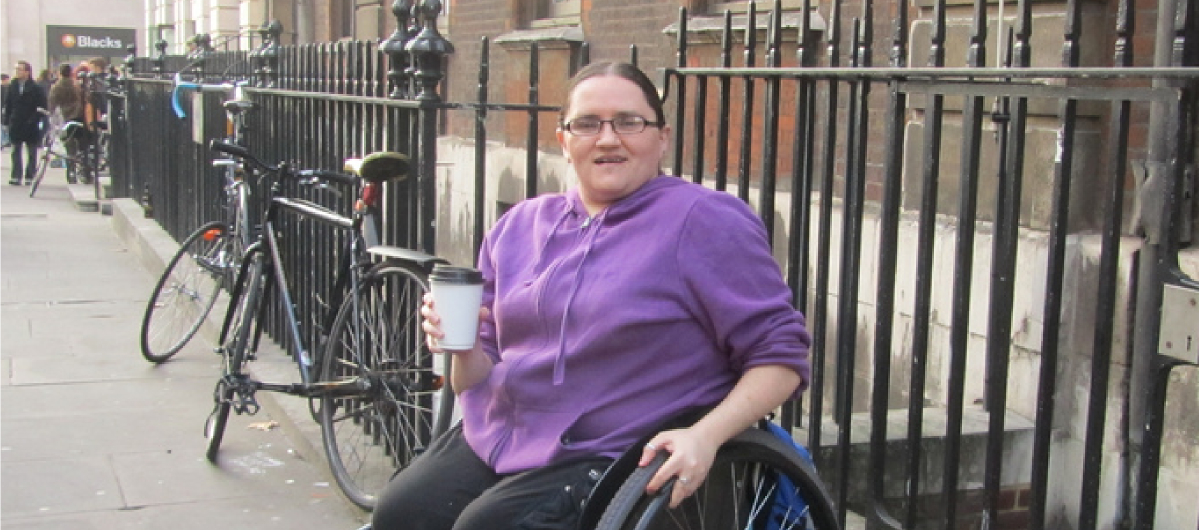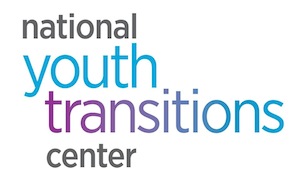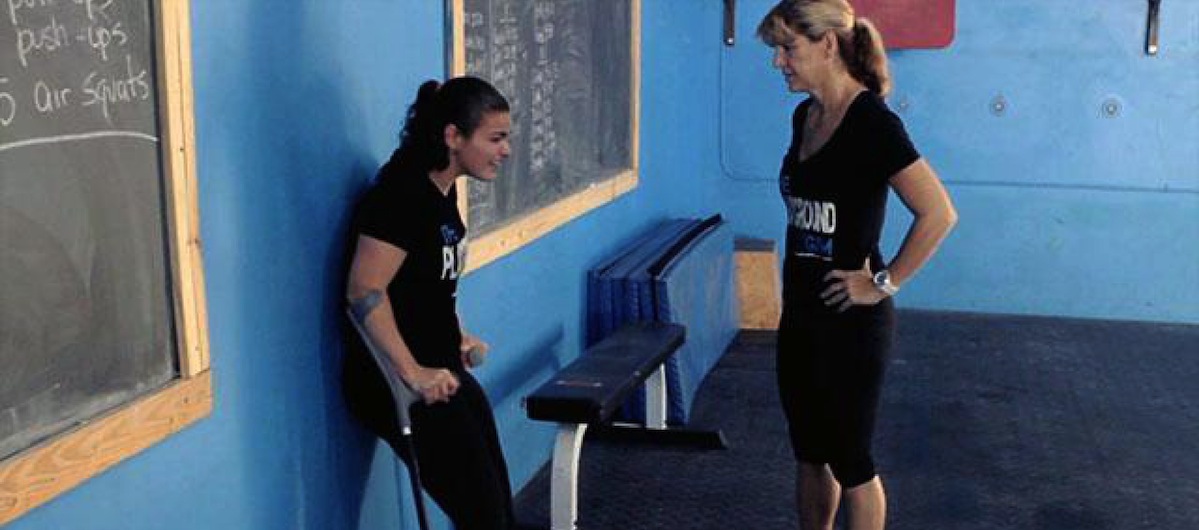2013 Disability Awareness Health Fair
The Mayor’s Disability Awareness Health Fair


The Mayor’s Disability Awareness Health Fair is a free day of health screenings, resource information from over 40 health and disability organizations, disability awareness games and obstacle courses, group fitness classes provided by Gulfport Senior Services, arts and crafts, and inclusive stage entertainment to include groups with disabilities, children, and motivational speaker Greg Smith. Over 800 individuals will attend this event. The Fair is open to the public.
Friday October 4th, 2013 from 10am to 2pm at the Edgewater Mall, South Entrance in Biloxi.
Health and disability organizations are welcome to register for a booth now by faxing the completed registration formto (228) 284-4419.
Groups and individuals are invited to RSVP for the Fair by calling (228) 604-4020.
Healthy Snack packs will be provided to the first few groups that RSVP, so call today!
Disability Challenge games at the 2011 Health Fair
Special thanks to the 2013 Mayor’s Disability Awareness Health Fair Sponsors:






